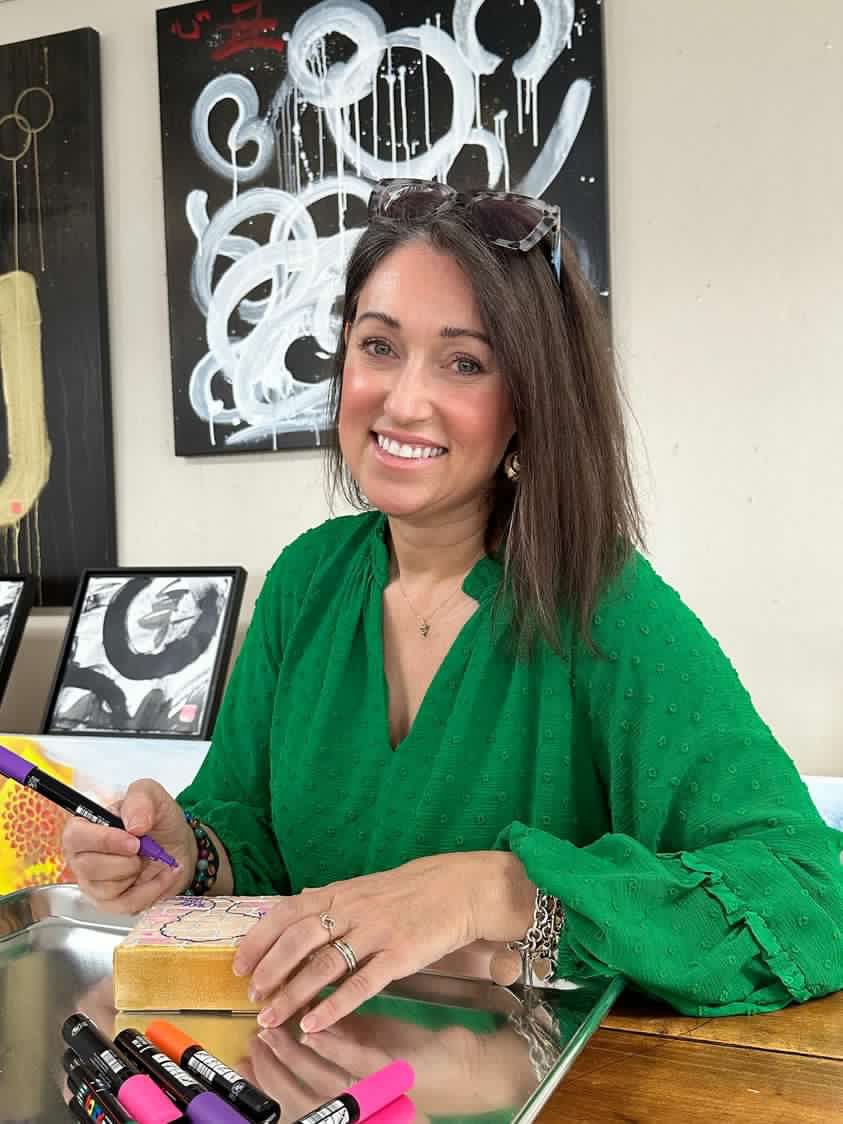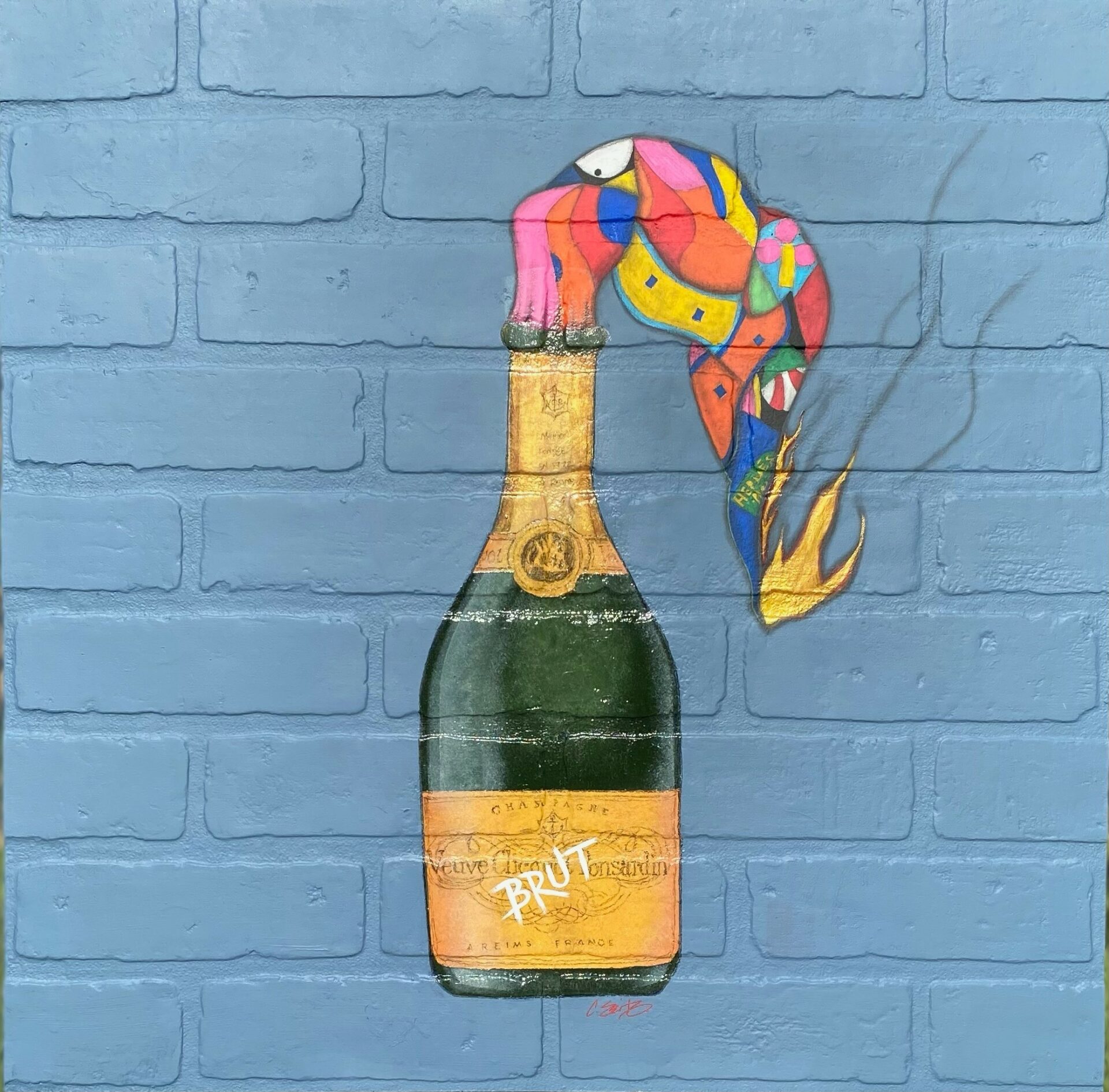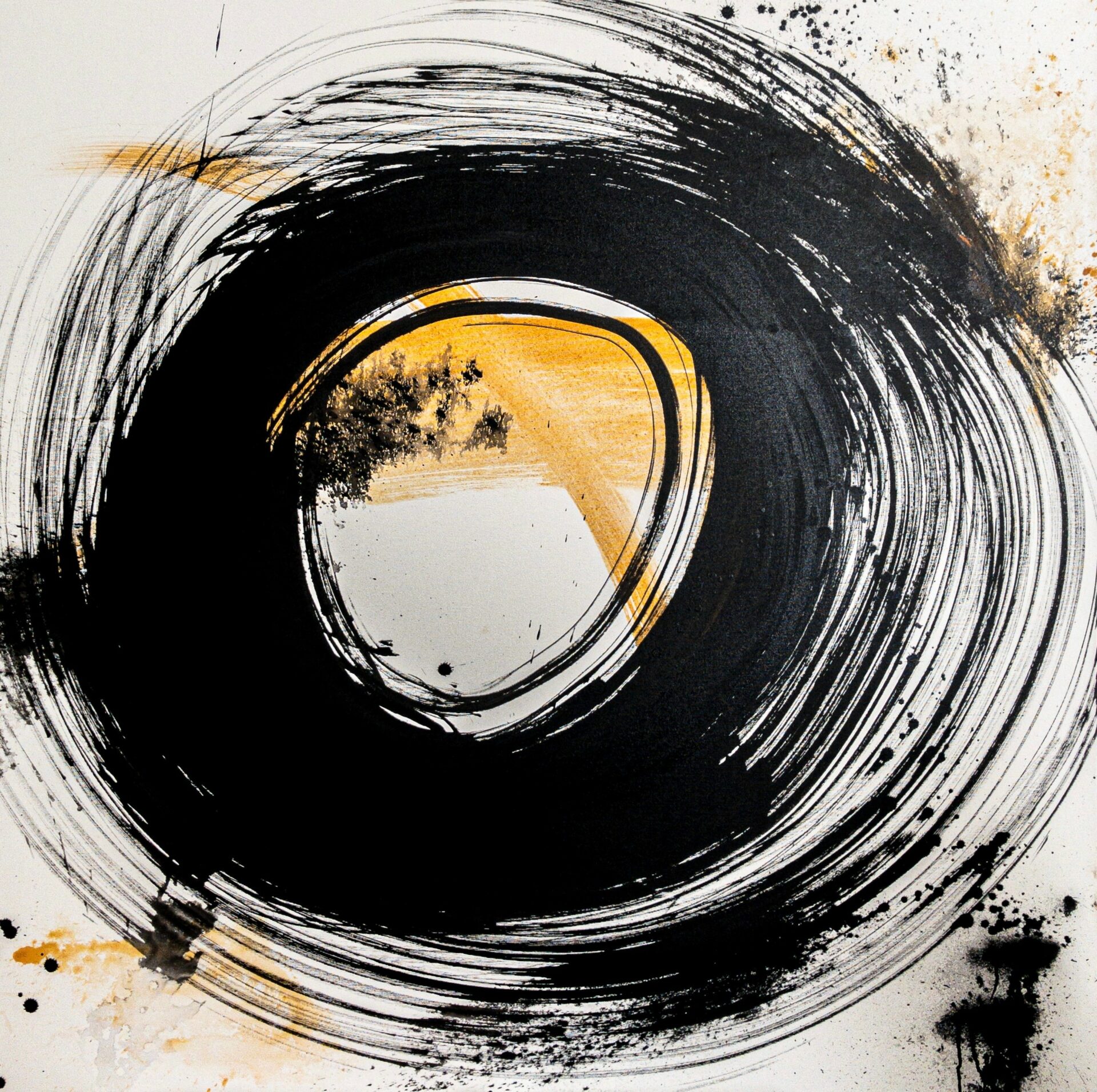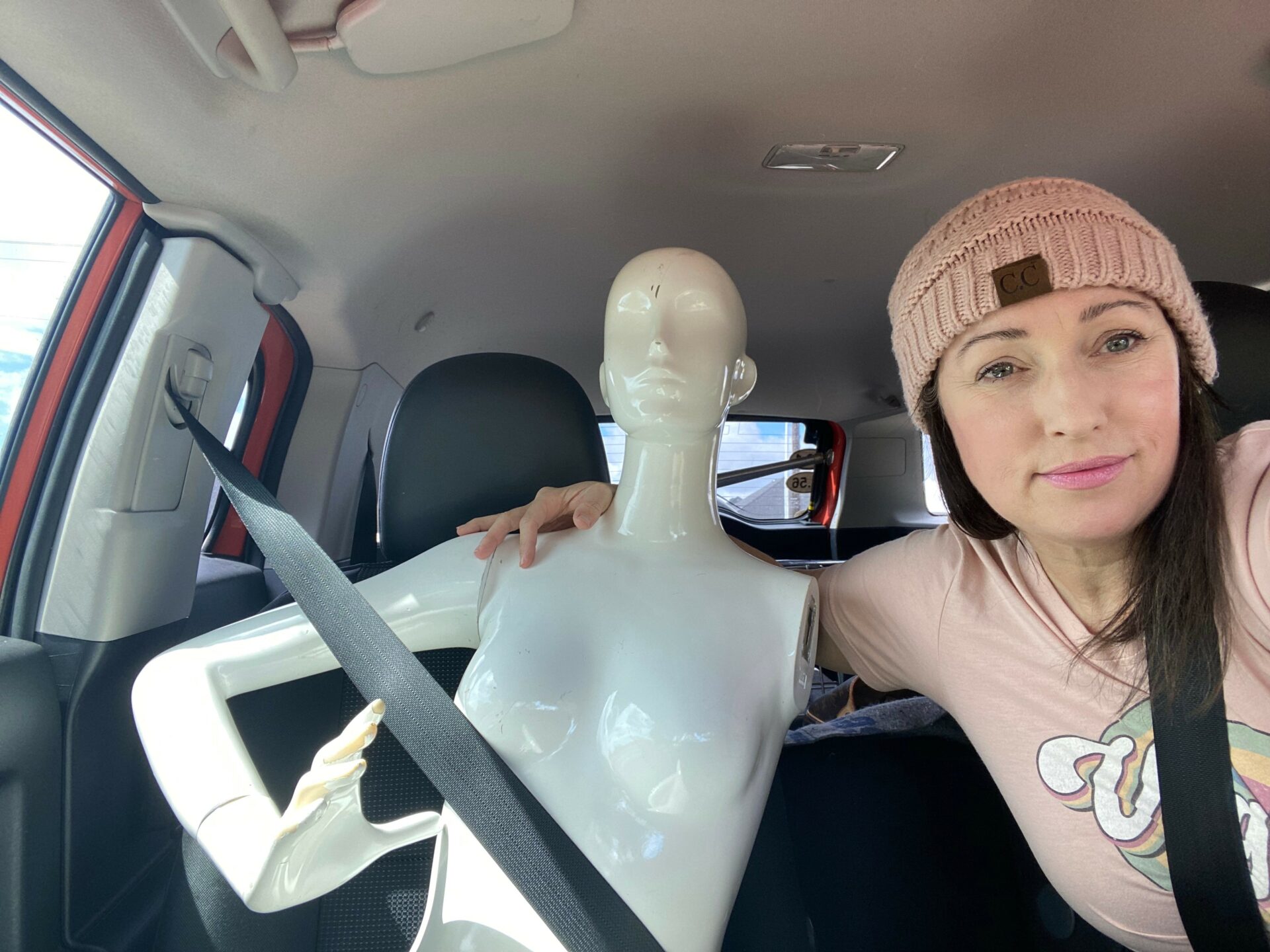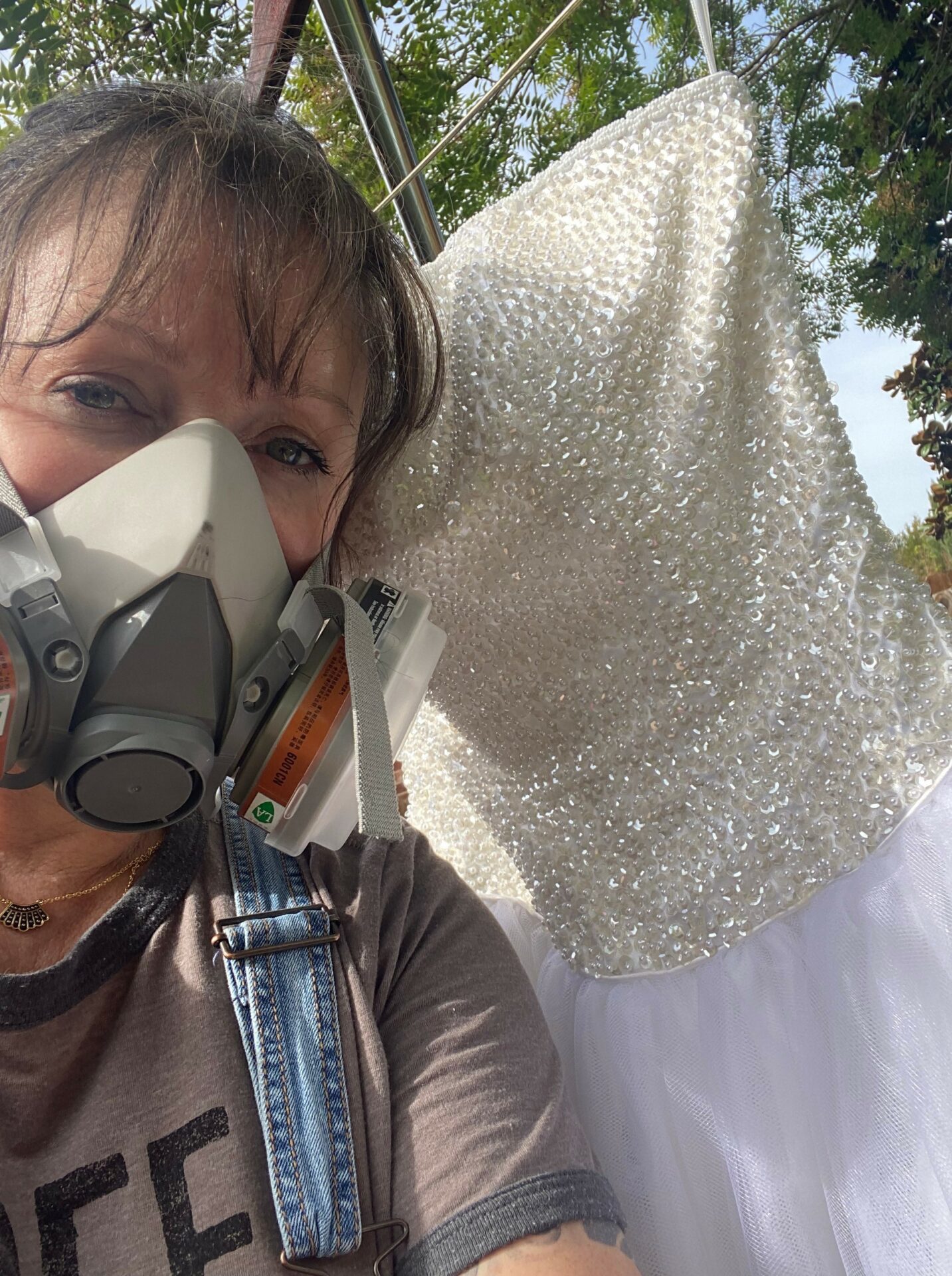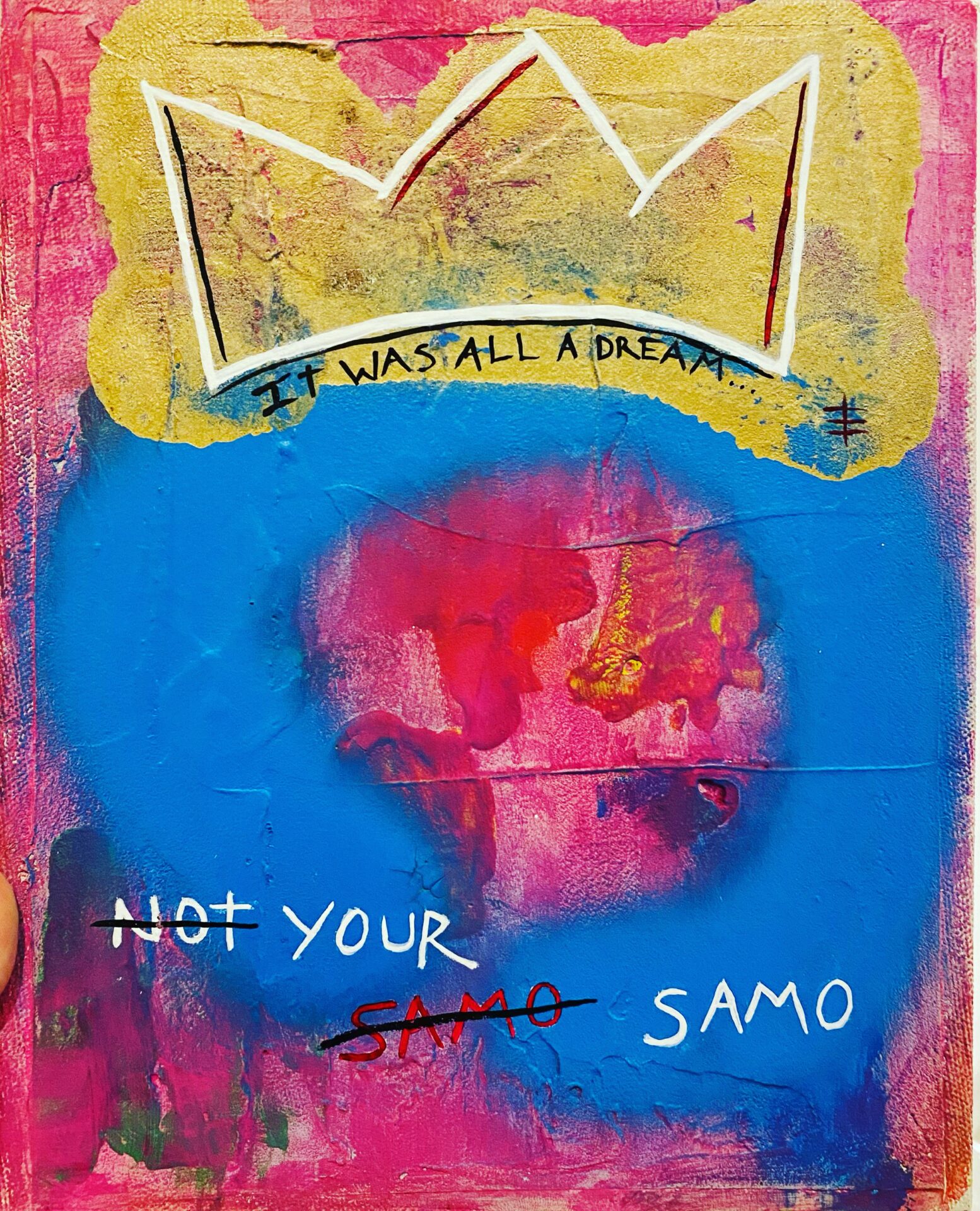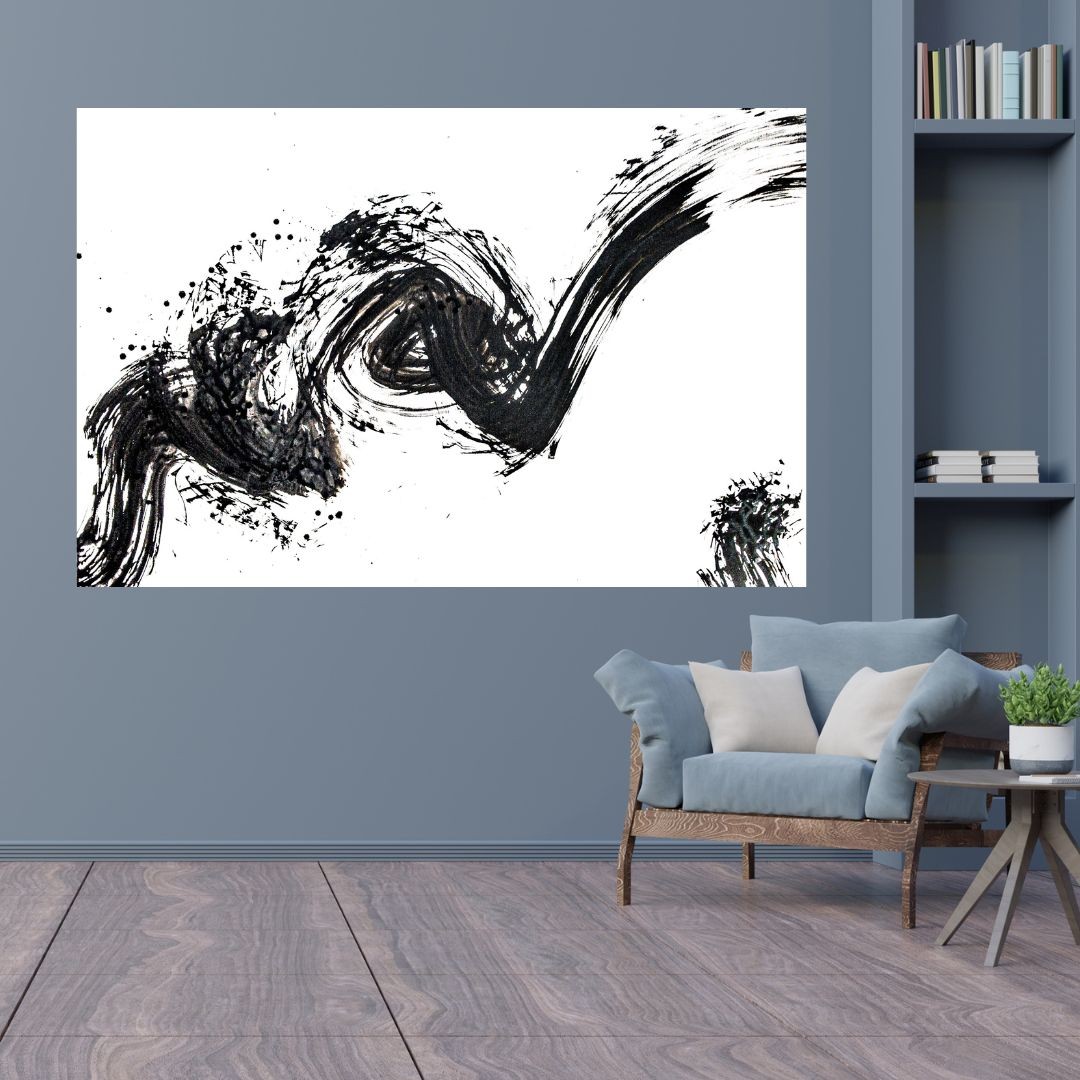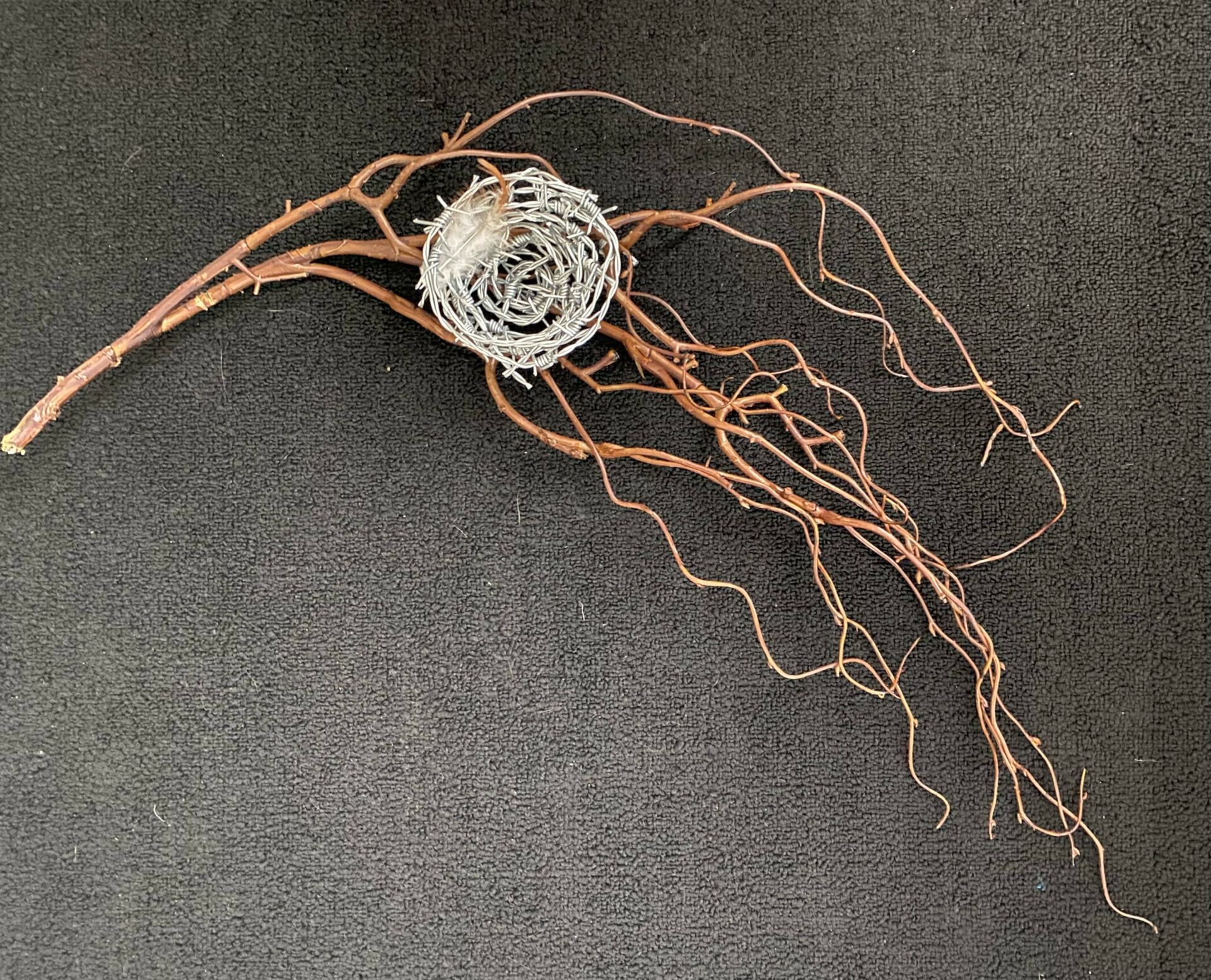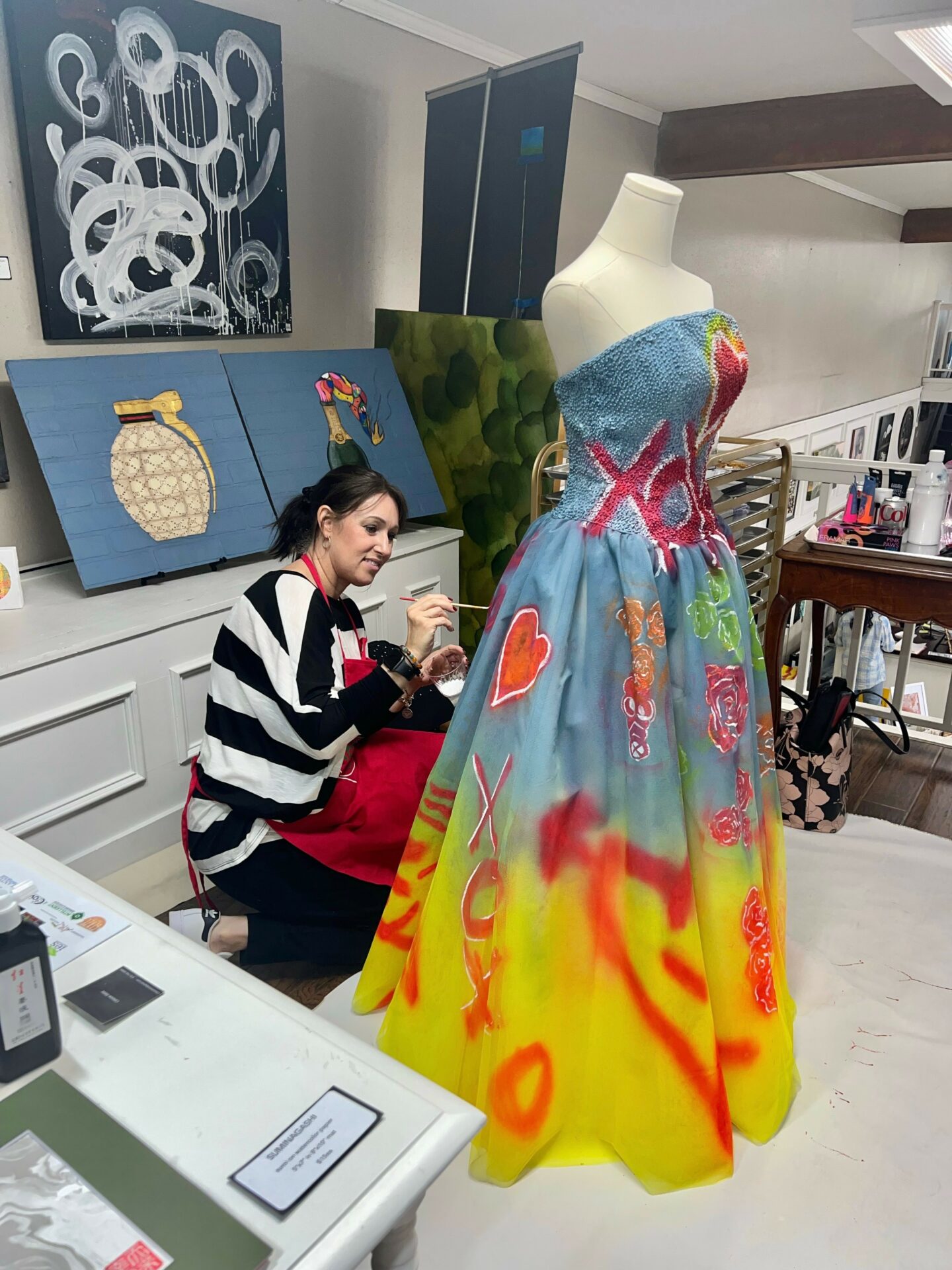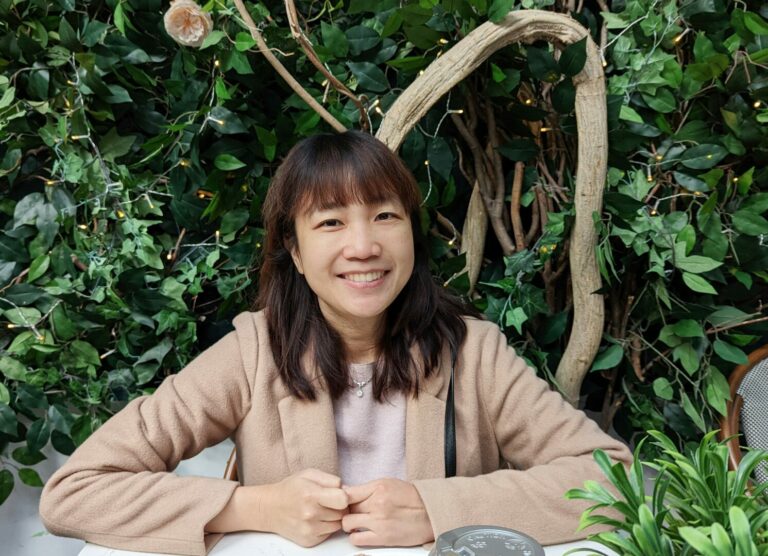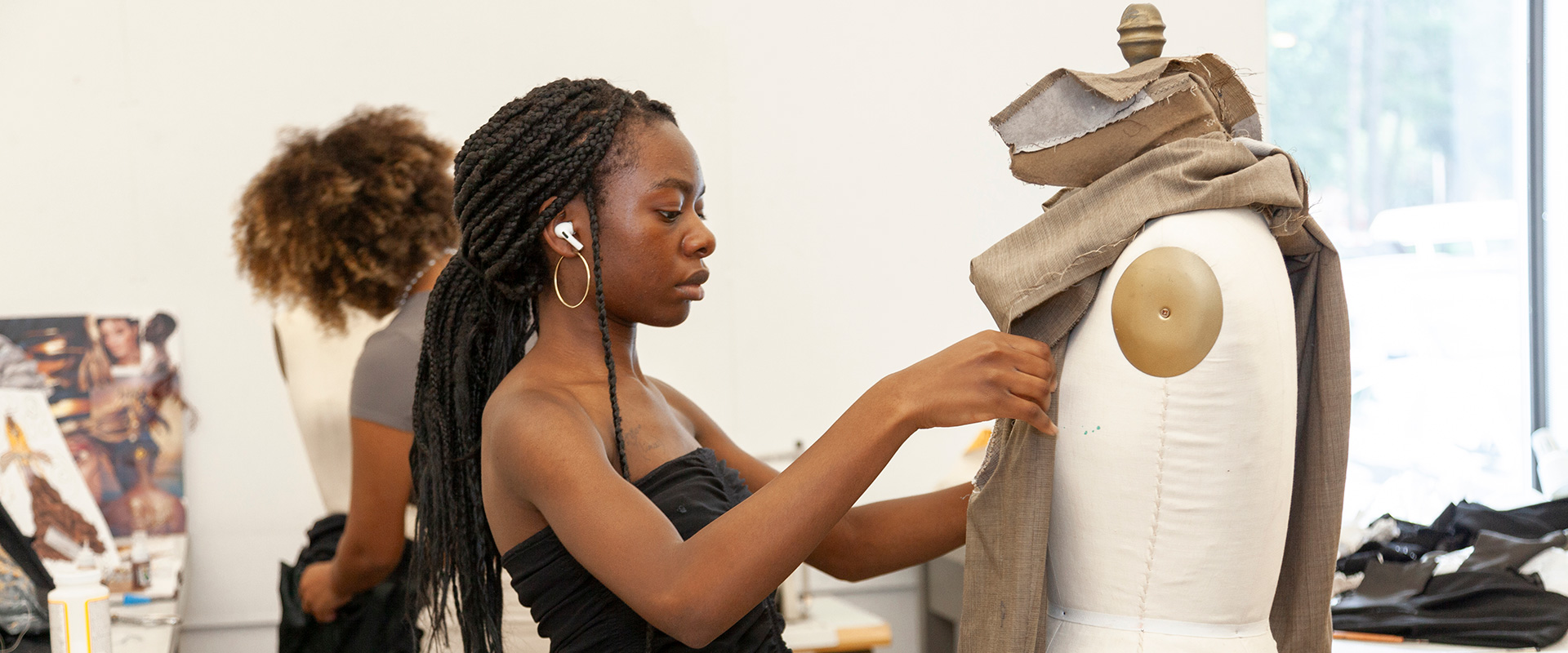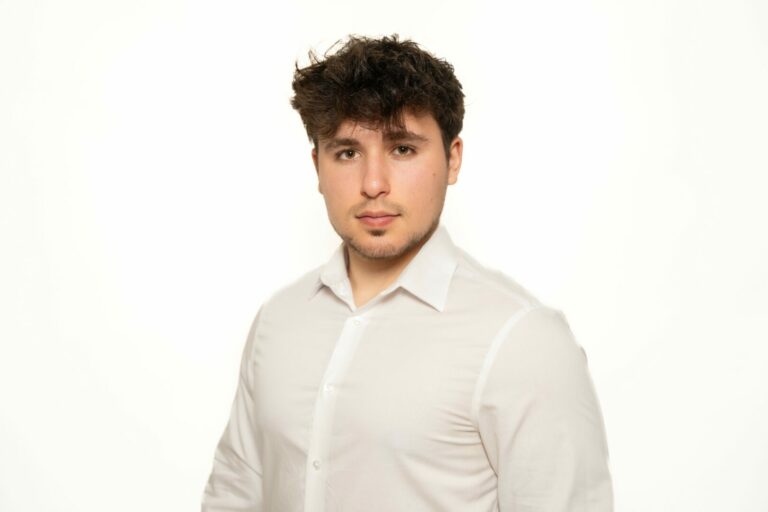We were lucky to catch up with Celeste Seitz recently and have shared our conversation below.
Celeste, we’re so excited for our community to get to know you and learn from your journey and the wisdom you’ve acquired over time. Let’s kick things off with a discussion on self-confidence and self-esteem. How did you develop yours?
I can point to a few key experiences that have shaped my confidence and self-esteem, and the reason is because they’ve given me the gift of perspective.
Full disclosure: I am an adrenaline junkie and have ADHD. This has shaped the course of my life. Having ADHD, for me, means missing certain social cues.
From becoming a Muay Thai fighter in my 20’s- intentionally stepping into a ring, knowing I was going to be punched in the face a few times- to graduating from Firefighter & EMS Academy in my 30’s, where running into burning buildings and responding to motor vehicle collisions was all in a day’s work, I have been ignoring naysayers for decades.
There have been many goals I have achieved solely because it never occurred to me that I couldn’t.
I used my EMS certifications to work Trauma 1 in a very busy, very urban Emergency Department. This is where I experienced a major shift in perspective, which has greatly influenced my approach to art.
I think perfectionism kills confidence and self-esteem. Letting go of perfectionism freed me up to take risks in my art. To explain, working as a first responder plunged me into life and death scenarios on a regular basis. Those were the stakes. But nobody is going to die if I screw up a painting, so I might as well be fearless in the moment of creation. The consequence of messing up the line is not death; it is growth. So why not confidently embark on a piece? Why not confidently embrace imperfection?
And further, if a viewer doesn’t like my art, will I die? No. My self-esteem can’t be dependent upon others’ approval. My art isn’t for everyone, and that’s okay. I aspire to one day feel about my work the way Georgia O’Keeffe put it when she said, “I have already settled it for myself, so flattery and criticism go down the same drain and I am quite free.”
Thanks for sharing that. So, before we get any further into our conversation, can you tell our readers a bit about yourself and what you’re working on?
I am a multidisciplinary artist who creates sumi-e, street art, murals, sculptures, and art installations. I am also an educator, public speaker, curator and art event coordinator for several area art nonprofits.
I began my art career creating East Asian style art – enso and stylized calligraphy. I spent my formative years in Singapore, and that experience has greatly influenced my art and my aesthetic. My work has expanded, however, just in the past year, and I am enjoying the challenge!
I will be adding some classes and seminars in the new year. More information can be found on my Instagram after the new year, The Year of the Dragon.
If you had to pick three qualities that are most important to develop, which three would you say matter most?
1. Exposure to Art & Design. My father is an artist and my mother is an interior designer, so I was fortunate to be exposed to art, design, and architecture my entire life. I think that constantly viewing art in different settings has been extremely helpful. That, and understanding design trends. I highly recommend artists read architecture and design publications – even if the artist isn’t into creating decorative art, there is wisdom and inspiration to be gained.
2. Perspective is also important – the big picture, right? Being the adrenaline junkie, I worked EMS and the Emergency Department before pursuing art full time. Some days involved life and death scenarios. You can do everything right in the ER, and sometimes the patient still has a negative outcome. Life is just like that. Art is like that, too. You can do everything “right,” and the piece still doesn’t hit. And that’s okay. So keeping a bit of perspective about art has really helped me with rejections, with negative feedback, and with frustrating pieces. Mistakes in art are okay, and can become unintended strokes of brilliance. I actually take time in my studio with the intention of “making bad art.” This gives me an opportunity to sit down with super low expectations, and it gives me permission to flesh out ideas. Often, great ideas and pieces come the day after Make Bad Art Day!
3. Reckless abandon. Approaching art with reckless abandon is necessary for me. When creating Enso or One Stroke sumi art, there is no “fixing” or “going back over” the piece. The result is the result, and hesitation shows up in the brush stroke.
In my street art, I have to “go all in.” Even though these are very different styles of art, the approach is the same. I take risks. I dive in. I don’t hold back. I get out of my own way, and let the art happen. Sure, skill is important, there’s no doubt about that, and that comes with repetition. But intuition, yeah, trusting your intuition with all your might requires surrender and abandon. But the more you do it, the better you get at it.
Okay, so before we go, is there anyone you’d like to shoutout for the role they’ve played in helping you develop the essential skills or overcome challenges along the way?
I must humbly share any success with a diverse team of encouragers. My parents, Interior Designer Connie Seitz, and artist, Jim Seitz, were the first to encourage my art career, but I didn’t actively pursue it until my husband, Frank Pickrell, gave me “the push.” With the support of family, the decision was made. I walked into The Millhouse, a creative collective for women entrepreneurs and artists, and signed a year lease on a studio space there. In that moment, I wasn’t ready to launch an art career; but, I knew the classes, seminars, and fellowship with other creatives in The Millhouse would get me there.
Dr. Beth Beck, Aimee Wolverton, and Robin Pedrero, in particular, have shared opportunities, suggestions, time, and expertise with me. I have no doubt I would have floundered without the support of The Millhouse and the programs offered there. The Millhouse is where many leaders are born. And for women creatives, the open exchange of ideas and information there is career-changing.
Contact Info:
- Website: www.celesteseitzartist.com
- Instagram: https://www.instagram.com/celeste_seitz_artist/
- Linkedin: www.linkedin.com/in/celeste-seitz-2092ba205
